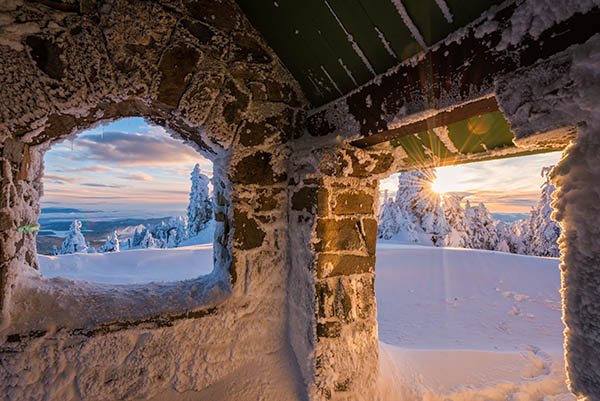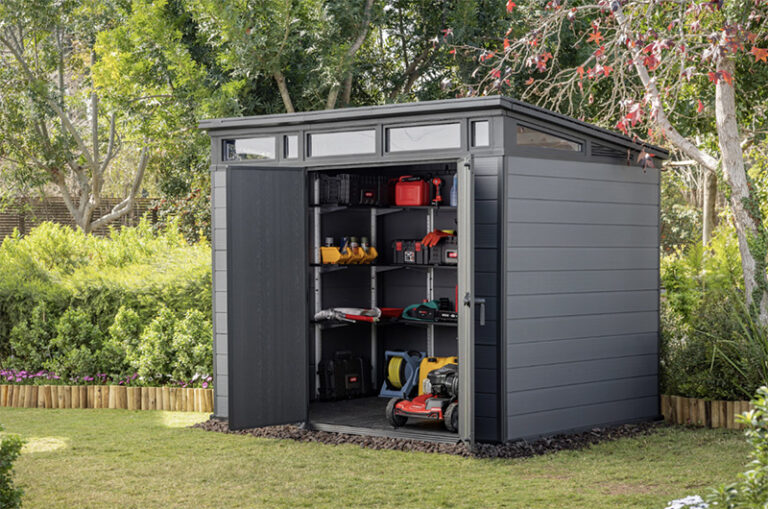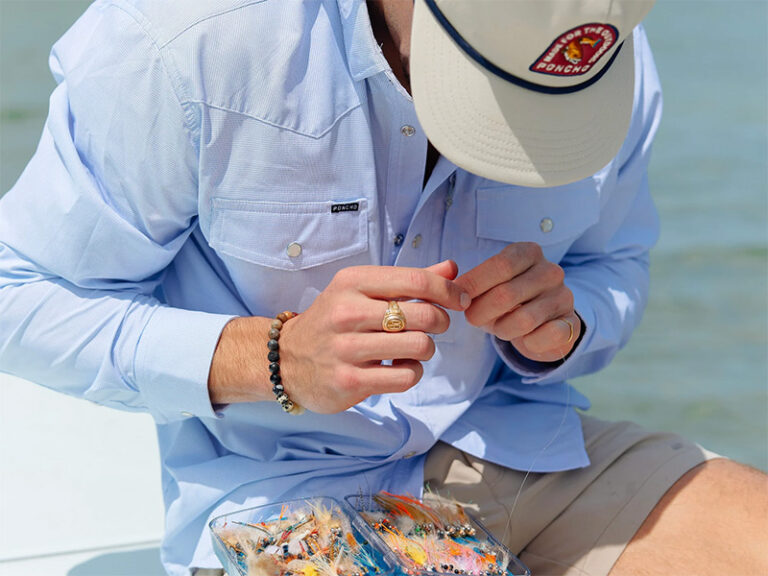Since 1913, outdoor enthusiasts around the Spokane region have been learning to ski, building facilities for skiers, and creating events that showcase the sport of skiing. Spokane has never developed a significant reputation as a destination ski town; however, almost everyone agrees that the Mt. Spokane Ski & Recreation Area is a jewel and that the skiing is affordable and super convenient. A new book titled “Spokane’s History of Skiing” underscores the rich ski history in Eastern Washington as well as the ongoing community involvement to promote skiing.
Spokane was the first in the state to build a ski jump, start a ski club, build a rope tow, start a ski patrol, and build a chairlift. These achievements alone illustrate the pioneering spirit for skiing in the area. Spokane’s Riblet Tramway Company installed an old mining ore tramway on Mount Spokane in 1946. This is the birth of the claim that Mount Spokane is home to the world’s first double chairlift, and it served an hourly capacity of roughly 550 skiers. Sadly, it only operated for three years.

Author Cris Currie is among the founding members of the Mount Spokane State Park Advisory Committee, and he is the only president of the Friends of Mt. Spokane State Park since 1998. His service to the beloved park testifies to his investment in this public treasure, and his award-winning book, “Spokane’s History of Skiing,” showcases a special era in the Inland Northwest. Currie writes, “It is ironic that skiing’s popularity took off in the U.S. during the Great Depression…. Our mountain has always had some of the lowest lift ticket, rental, and ski school prices for comparable areas in the nation, and its ski swap has been one of the largest. Washington’s Sno-Park system has arguably created the most efficient and lowest cost Nordic skiing in North America.”
According to the Mount Spokane State Park Users Guide (also written by Currie), in 1927, after the area exceeded 1,500 acres, the Mount Spokane Natural Park was dedicated as Mount Spokane State Park. In 1952, with the state park cresting 24,000 acres, a master plan was proposed, which designated all of Mount Spokane for downhill skiing. In 1965, another master plan was developed to include 11,592 acres, and the plan specified only 958 acres for general recreation. In 1977, the Mount Spokane Commission staff coordinated with local recreation user groups and created a trail plan on the main mountain as well as the satellite peaks. This is the genesis and layout for all of the user group areas, both winter and summer, in the current park.
From a distance, Mount Spokane looks like an overturned salad bowl. But from the Vista House at the summit, skiers and riders can certainly appreciate the varied terrain, steep runs, and the jaw-dropping view overlooking a sea of clouds. The history of skiing in the region has been happening for over a century, and if you’re a Mount Spokane skier or rider, you owe it to yourself to pick up a copy of “Spokane’s History of Skiing.” Not only does the book benefit the Friends of Mount Spokane State Park, it’s an important archive revealing all of the challenges and achievements of the Inland Northwest ski and snowboard community. //













